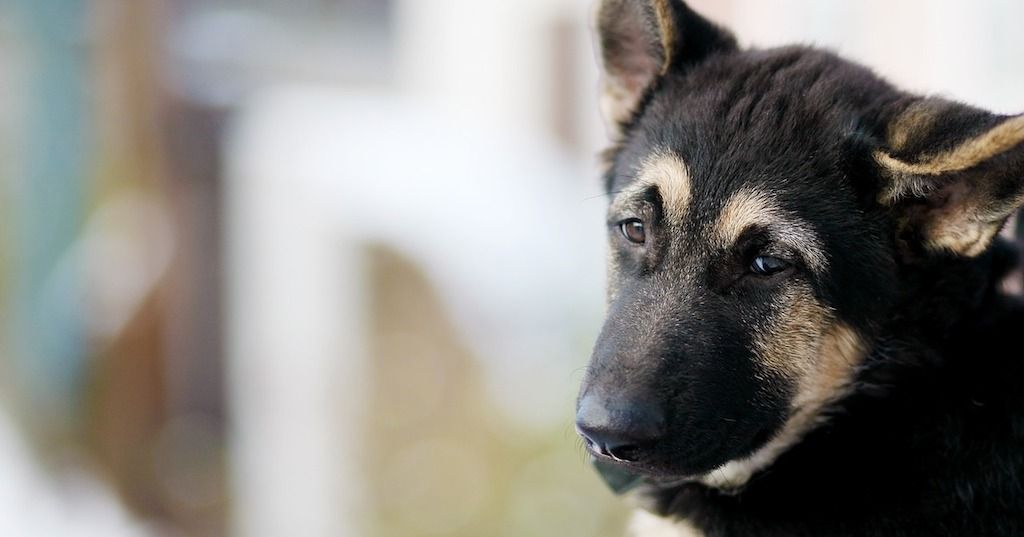Similarities Between the Canine and Human Gut Microbiomes
New findings suggest that the canine microbiome is more similar to the human microbiome than that of either the mouse or pig.

Researchers recently used the power of whole-genome metagenomics to study the gut metagenomes of dogs, humans, mice, and pigs. Also studied was the impact of dietary changes on the makeup of the gut microbiome in obese and lean dogs fed 2 different investigational diets with varying carbohydrate and protein content. Results were published in Microbiome.
Study Design
The canine gut microbiome gene catalog was formed by extracting DNA from 129 canine stool samples collected from 64 dogs (32 Labrador retrievers and 32 beagles). Three previously published gut microbial gene catalogs were used in comparing the makeup of the dog microbiome with that of the pig, mouse, and human.
RELATED:
- Social Behavior in Chimps Improves Gut Microbe Diversity
- WVC 2017: Probiotics - Not Just for People Anymore
The dogs were divided first by breed and then into 2 groups based on body fat percentage: overweight/obese or lean/normal. All dogs were fed the same base diet for 4 weeks. Dogs in each body condition and breed group were then randomized to be fed either a high-protein, low-carbohydrate (HPLC) diet or a lower-protein, higher-carbohydrate (LPHC) diet. The authors noted that the LPHC diet more closely resembled the base diet.
Results
The canine gut microbiome was found to have a higher taxonomic and functional overlap with the human gut microbiome than did the microbiome of either the pig or mouse. The mouse microbiome was actually the least similar to humans of the 3 nonhuman animals studied.
A large shift was seen in the overall composition of the gut microbiome of dogs after they were switched to the test diets. The dogs fed the HPLC diet showed a larger shift than dogs fed the LPHC diet. This effect was not surprising because the LPHC diet was more similar to the base diet.
The highest shift in community composition relative to baseline was in the HPLC overweight dogs. The shift seemed to be driven by Lactobacillus, Prevotella, Streptococcus, and Turicibacter. One organism, Lactobacillus ruminis, which is an immunomodulatory microbe, was not detected in any of the HPLC-fed dogs; however, it was present in 22% of the samples taken from dogs while on the base diet and in 59% of the LPHC-fed dogs. In contrast, Intestinibacter bartlettii and the entire Streptococcus genus were found more frequently in dogs fed the HPLC diet compared with either the base or LPHC diet.
Conclusions
The findings that the canine gut microbiome was more similar than the mouse microbiome to the human gut microbiome could have implications for future research. The mouse microbiome is currently considered the model system for studying the human gut microbiome, but perhaps that might change considering these findings.
Overweight dogs were more sensitive to dietary shifts, suggesting that their microbiome is less stable. For example, the finding that the immunomodulatory bacteria L ruminis had a higher prevalence on the base and HPLC diets suggests that its population may be controlled by restricting the carbohydrates available for utilization. The change in prevalence of I bartlettii and the Streptococcus genus indicates that these species may also be amenable to modulation with prebiotics or changes in the diet.
Dr. Ambrose received her DVM from The Ohio State University. She has since worked in small animal clinical practice as well as in the veterinary pharmaceutical industry.
Episode 67: Choosing trusted supplements
October 20th 2021In this episode of The Vet Blast Podcast, Dr Adam Christman chats with Dr Janice Huntingford about the latest insights into selecting the best supplements for your patients, including the importance of recommending and utilizing products that have a substantial amount of science and research behind them. (Sponsored by Vetoquinol)
Listen